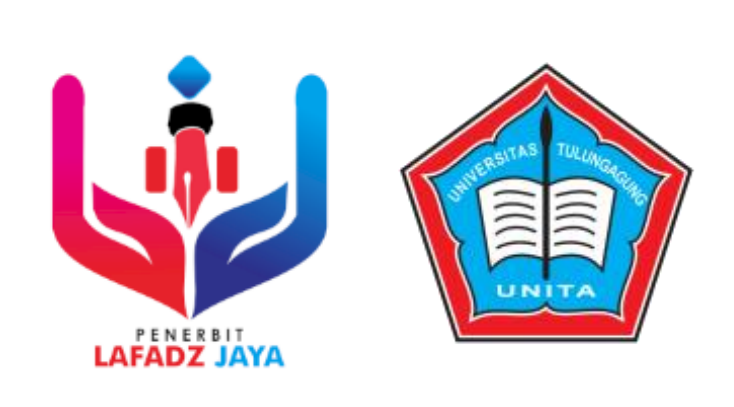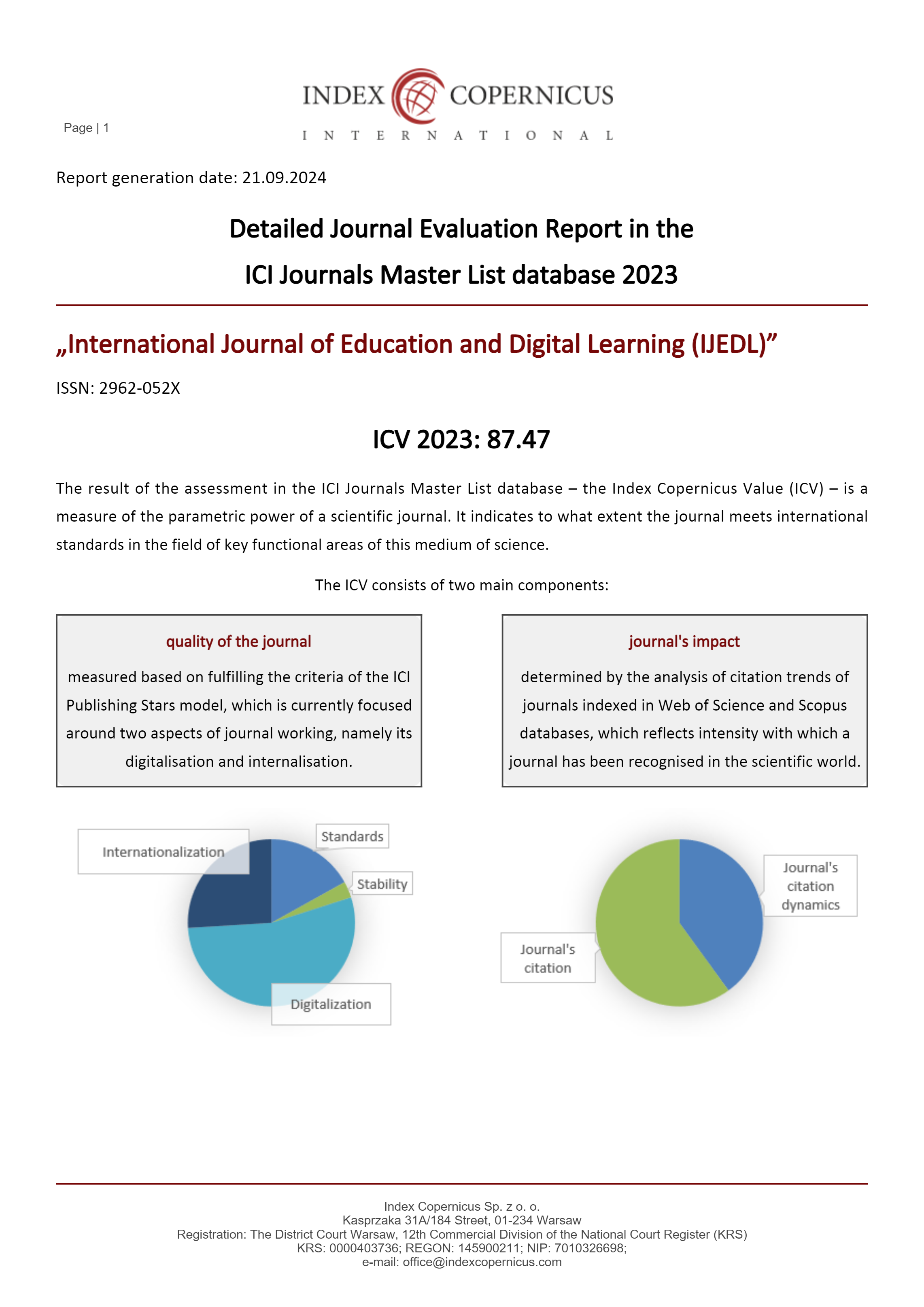Mathematical Connection Ability through the Application of the AIR (Auditory Intellectualy Repetition) Learning Model Assisted by Geogebra Software
DOI:
https://doi.org/10.47353/ijedl.v1i4.21Keywords:
Mathematical Connection Ability, AIR (Auditory Intellectual Repetition), geogebra softwareAbstract
expected model scan fosters students' mathematical connection skills, namely through the application of the AIR (Auditory Intellectual Repetition) model assisted by geogebra software. The purpose of this study was to determine differences in students' mathematical connection abilities after obtaining learning by applying the AIR (Auditory Intellectual Repetition) model assisted by geogebra software. This study used a quantitative approach with a pre-test and post-test control group design. The population of this study was class IX students of SMPN 1 Peukan Pidie by taking samples of two classes consisting of an experimental class and a control class. The sample selection was done by random sampling. The instrument used is a mathematical connection ability test. The data analysis technique uses the ANOVA test. Based on the results of the study, it was found that there were differences in the mathematical connection abilities of students who were taught through the application of the AIR (Auditory Intellectual Repetition) model assisted by geogebra software with conventional learning. Furthermore, the results of this study also identified that there was no interaction between learning and student level on students' mathematical connection abilities.
Downloads
References
Aygor, N & Ozdag, H. (2012). Misconceptions in linear algebra: the case of undergraduate students. Procedia- social and Behavioral Sciences, 46, 2989-2994.
Azizah, Gina, Nur, and Sundayana, Rostina. 2016. Mathematical Problem Solving Ability and Students' Attitudes towards AIR and Probing-prompting Cooperative Learning Models. Journal of Mathematics Education. Vol. 5. No. 3; 305-314.
Barbara K. Given (2007). Brain-Based Teaching. Bandung: Kaifa. pp: 34-35
Handayani, IM, Pujiastuti, E., & Suhito, S. (2014). The Effectiveness of LKPD Assisted Auditory Intellectually Repetition on the Reasoning Ability of Junior High School Students. Kreano, Journal of Creative-Innovative Mathematics, 5(1), 1–9. https://doi.org/10.15294/kreano.v5i1. 3271
Hariani, SM 2016. Efforts to Increase Creativity and Students' Mathematics Learning Outcomes Using the AIR Model (Auditory, Intellectually, Repetition) in Class VII Students of MTs Negeri Rantauprapat T.P2014/2015. EduTech Journal. Vol.2 No.1 March 2016.
Heri Sutarno, Application of Auditory Intellectually Repetition Strategies to Improve Mathematical Communication (in the journal portal of the Indonesian university of education volume 4 no 1 June 2011), page: 8.
Hutagalung, Arini & Harahap, Muhammad Syahril. 2018. Improving Students' Spatial Abilities Through the Use of the Auditory Intellectually Repetition (AIR) Model at SMP Negeri 1 Pinangsori. JurnalMathEdu (Mathematic Education Journal). Volume 1 of 2018; 15-23.
IEA.(2012). TIMSS 2011 international results in mathematics. [On line]. Available:http://timss.bc.edu/timss2011/downloads/T11_IR_M_Chapter1.pdf[28 January 2014]
Palace. 2012. 58 Innovative Learning Models. Medan: MediaPersada.
Jaret. 2000. Problem Solving: Getting to the heart of Mathematics. Available at (www.cut-the – knot/mset99/posing.html, accessed 3 July 2011)
Lappan, et al. (2002). Getting To Know Connected Mathematics: An Implementation Guide. Illinois: Prentice Hall.
Linuwih, S., & Sukwati, NOE (2014). The Effectiveness of the Auditory Intellectually Repetition (AIR) Learning Model on Students' Understanding of the Concept of Internal Energy. Indonesian Journal of Physics Education, 10(2), 158–162.https://doi.org/10.15294/jpfi.v10i2.3 451
Meier, D (2002). The accelerated learning handbook creative and effective guidebook designing educational and research programs. Bandung: Kaifa. thing: 961Barbara K. Given (2007). Brain-Based Teaching. Bandung: Kaifa. pp: 34-35
Munir. (2010). The Impact of Information and Communication Technology (ICT) in the World of Education in Indonesia. The Impact of Information and Communication Technology (ICT) in Education in Indonesia, (Technol), 1–13
NCTM. 2000. Principles and Standards For School Mathematics. America: United States of America1.
Shoimin, Aris. 2014. 68 Innovative Learning Models in the 2013 Curriculum. Yogyakarta: Ar-ruzz Media.
Sohimin, A. 2002. 68 Innovative Learning Models in the 2013 Curriculum. Bandung: Nuansa Publisher.
Thambi, Noorbaizura and Eu, Leong Kwan. (2013). Effect of Students' Achievement in Fractions using GeoGebra.SAINSAB ISSN 1511 5267 Vol. 16, 2013, pp 97-106.
Tiel, JM (2009). Thinking style. [on line]. Available: http://gifteddisynkroni.blogspot.com/2009/03/gaya-berikir.html[13 January 2012)
Downloads
Published
How to Cite
Issue
Section
License
Copyright (c) 2023 Ainal Mardhiah, M. Ikhsan, Muhammad Subianto

This work is licensed under a Creative Commons Attribution 4.0 International License.













